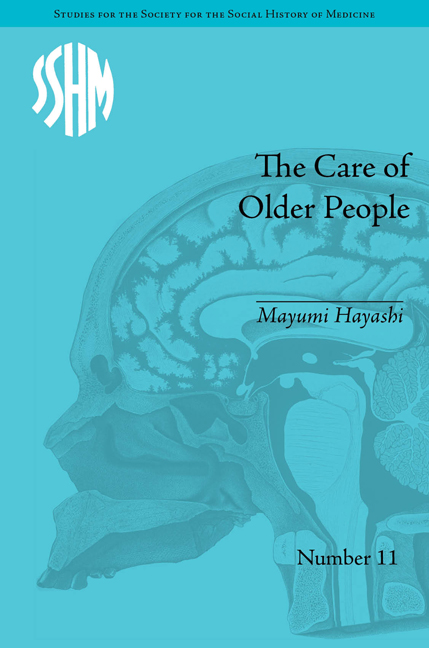5 - Residential Life in Norfolk
Summary
This chapter and Chapter 6 present institutional case studies from England and Japan respectively. The effects of their national legislation and policy goals on grassroots practices and residents' lives within each region since 1948 are examined, focusing on qualitative aspects from the residents' and carers' perspectives. Each chapter has two sections. The first covers the period 1948–73 and investigates a former workhouse or almshouse and its replacement. The history of the selected institutions is reviewed, drawing on archival and local records. The first section therefore examines the extent to which a ‘homely’ home and improvements in residential life and practice have been achieved. This reveals the extent to which the Poor Law legacy, stigma, and pre-war measures and mentalities have survived. These are considered by examining the environment, amenities and services, as well as staffing and care standards. Acknowledging the greater diversity in residential care for subsequent decades, the second section provides a more dynamic and complex institutional history since 1980, by exploring various long-term institutional care locations in each region, drawing on in-depth interviews with residents or patients, their relatives and staff.
The Tenacity of the Workhouse Regime
Eastgate House County Home, 1948–63
Workhouse Origins
Eastgate House started life in 1836 as Freebridge Lynn Union workhouse, near Gayton (see Map 3.1). Designed by William John Donthorn, it had a cruciform and a ‘rationalist, linear style of neo-classicism’, the main facade featuring some ornamentation to differentiate it from earlier, prison-like workhouses, although other aspects were ‘strictly utilitarian’. ‘A plain building’ for up to 130 inmates, the two-storey structure featured a central block flanked by two short crosswings. Smaller than other workhouses in Norfolk, it cost £5,146 or £34 per capita, considerably above the £10 per capita recommended in the 1834 Poor Law Report.
- Type
- Chapter
- Information
- The Care of Older PeopleEngland and Japan - A Comparative Study, pp. 121 - 150Publisher: Pickering & ChattoFirst published in: 2014

